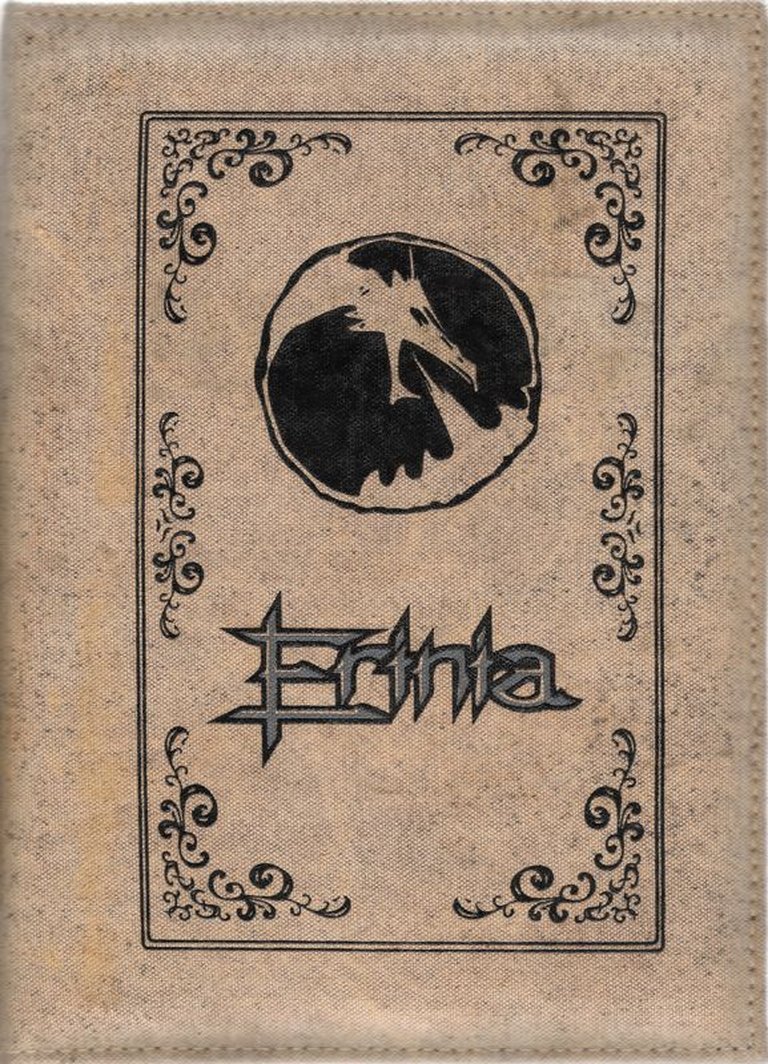- Release Year: 2004
- Platforms: Windows
- Publisher: Ignis Entretenimento e Informática S/A
- Developer: Ignis Entretenimento e Informática S/A
- Genre: Role-playing (RPG)
- Perspective: Diagonal-down
- Game Mode: MMO
- Gameplay: Character Creation, Hack and Slash, Point-and-click, Skill Learning
- Setting: Fantasy
- Average Score: 60/100

Description
Erinia is a Brazilian MMORPG set in a fantasy world inspired by local folklore and Afro-Brazilian religious rituals. Players explore the war-torn continent of Tuorhence, choosing from three factions and customizing their characters with attributes like Strength, Constitution, and Mind. The game features a Diablo-like hack’n’slash combat system, quests, and city wars, with a unique blend of Brazilian mythology and medieval fantasy.
Erinia Mods
Erinia Reviews & Reception
mobygames.com (40/100): Critics 40%
Erinia: Review
Introduction
Erinia, released in 2004, was Brazil’s first foray into the MMORPG genre. With a blend of medieval fantasy and local folklore, it aimed to carve a niche in the market. However, its legacy is marred by poor reception and short-lived success. This review delves deep into Erinia’s origins, gameplay, and impacts.
Development History & Context
Developed by Ignis Entretenimento e Informática S/A, Erinia was a small team effort (17 developers) completed in under a year. The ambitious project used Java for server-side and C++ for client-side programming. Released in Brazil and Germany, it struggled with limited resources during development. The game was later made freeware in 2006, highlighting its commercial failure.
Technological constraints of the early 2000s loomed large. Bandwidth limitations and varying PC capabilities necessitated optimization and smooth network handling. The tight development timeline might have compromised quality assurance, leading to bugs and performance issues that tainted the player experience.
Narrative & Thematic Deep Dive
Erinia’s lore is a rich tapestry combining global fantasy elements with Brazilian myth. The portal-crossing narrative and Hur’s sacrifice add depth. In-game, players navigate three warring cities: Aquilonius, Erynian, and Hesperius. The struggle between these cities mirrors historical Brazilian conflicts and power dynamics.
However, the plot lacks the depth of world-building seen in competitors like World of Warcraft. Quests are standard fare, with monster hunts and city skirmishes. The fusion of Afro-Brazilian rituals (macumba) in spellcasting adds cultural authenticity but might have limited appeal beyond the region.
Gameplay Mechanics & Systems
Mechanically, Erinia follows the Diablo mold: point-and-click combat, inventory management, and ability progression. The attribute-based class system (no fixed classes) allows flexibility but may lack identity. Dying as a Renegade results in loss of all possessions, adding risk to PvP encounters.
The city war system, organized by GMs, was an innovative addition. However, technical issues like lag and server instability could have marred the PvP experience. Equipment requirements based on attributes add some strategy but might not be engaging enough.
World-Building, Art & Sound
The game’s setting is a standard medieval fantasy world, elevated by Brazilian mythical creatures (Sací, Mapinguari) and unique city designs. The art direction likely features vibrant colors and distinctive character designs. Sound effects rooted in Afro-Brazilian rituals would create an immersive atmosphere. However, budget constraints may have led to lower-quality assets and textures.
Reception & Legacy
Erinia was met with tepid reviews. The German critic from PC Action gave it 40%, citing nightmare-inducing issues. Player ratings average 1.7 out of 5, indicating widespread dissatisfaction. The game’s failure can be attributed to technical flaws, shallow gameplay, and lack of marketing.
Despite its shortcomings, Erinia holds historical significance as Brazil’s first MMO. It paved the way for future developers and demonstrated the potential for culturally infused gaming experiences. Its influence may be intangible but serves as a stepping stone for the country’s nascent game industry.
Conclusion
Erinia was a bold but ultimately flawed experiment. Its blend of Brazilian folklore and fantasy is commendable, but poor execution and technical issues doomed it to obscurity. While it may not rank among the greats, it remains an important chapter in the annals of Latin American gaming history.